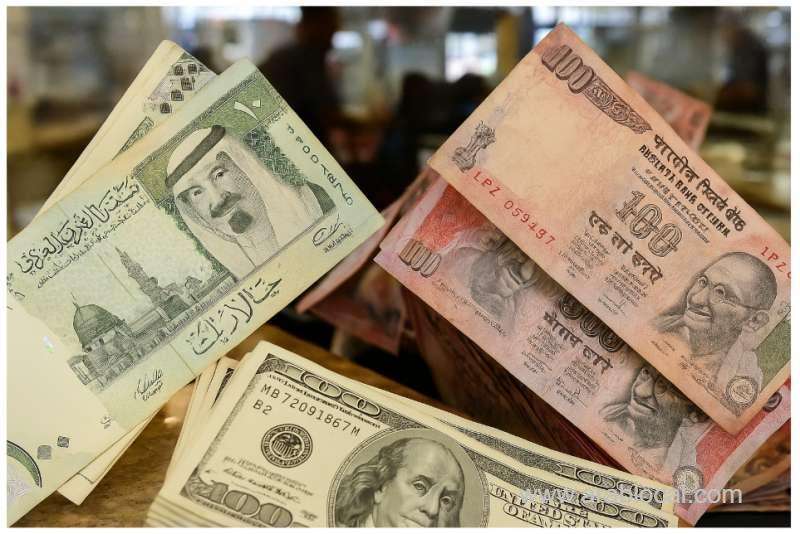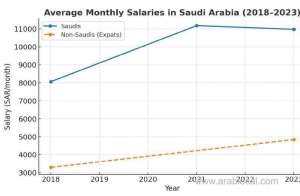How 1 Saudi Riyal Went From ₹0.64 to ₹23+: A 50-Year Timeline of Rupee Depreciation
Riyadh, June 2025 – Over the past five decades, the Indian Rupee (INR) has seen a dramatic decline in value against the Saudi Riyal (SAR). What started as a modest exchange rate in the 1970s—1 SAR = ₹0.64—has now surged past ₹23 in 2025. This long-term depreciation reflects the economic shifts in both countries and the global financial environment.
📈 Timeline: SAR to INR Exchange Rate Since 1970
| Year | 1 Saudi Riyal in INR |
|---|---|
| 1970 | ₹0.64 |
| 1980 | ₹1.80 |
| 1990 | ₹6.00 – ₹7.10 |
| 2000 | ₹11.60 |
| 2010 | ₹12.40 – ₹13.80 |
| 2020 | ₹19.40 |
| 2025 | ₹23.00 – ₹23.15 |
🧮 What Caused the Indian Rupee to Depreciate Over Time?
• High Dependence on Oil Imports: Rising global oil prices increased India's foreign currency demand, weakening the INR.
• Persistent Trade Deficits: A long-standing import-export imbalance has pressured the rupee.
• Inflation and Monetary Policy: Higher inflation eroded the rupee’s purchasing power.
• Global Financial Crises: Events like the 1991 crisis and COVID-19 worsened rupee weakness.
• Interest Rate Differentials: Higher returns abroad reduced capital inflow to India.
🕌 Saudi Riyal Stability vs. Indian Rupee Volatility
The Saudi Riyal has been pegged to the US Dollar since 1986, ensuring stability. In contrast, the Indian Rupee is market-driven and reacts to geopolitical and economic pressures more sharply.
🔍 Find the Best Currency Exchange Near You in Saudi Arabia
Find trusted currency exchange services on ArabLocal Currency & Exchange Directory.
• Al Rajhi Bank – Remittance Services
• Enjaz – Bank Al Bilad
• Al Amoudi Exchange
• LuLu Exchange
• Western Union Saudi Arabia
📌 Conclusion
The journey from ₹0.64 to ₹23+ per Riyal is more than just numbers—it's a story of changing economies, shifting global power, and evolving financial systems. For Indian expats and financial analysts alike, understanding this timeline is key to grasping the future of South Asia’s monetary position.






